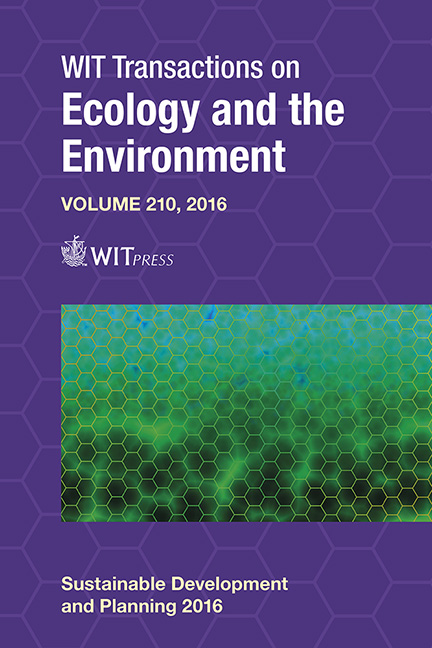Forecasting Hourly Values Of PM2.5 Concentrations
Price
Free (open access)
Transaction
Volume
210
Pages
9
Page Range
653 - 661
Published
2017
Size
589 kb
Paper DOI
10.2495/SDP160551
Copyright
WIT Press
Author(s)
P. Perez
Abstract
We present the results of an hourly PM2.5 concentrations forecasting model in Santiago, Chile. The study concentrates on the comparison between model and observed values at the monitoring station with the highest concentrations for the time period between April and August, which is the season when high concentration episodes are frequent. The forecasting model is a feed forward neural network. The input variables are past values of hourly PM10 and PM2.5 concentrations measured at the city station with the highest values during episodes, concentrations from neighbouring stations and some observed and forecasted meteorological variables. Secondary particle formation is considered implicitly by including nitrogen oxides concentrations at previous hours as input. Training is performed with 2010 and 2011 data and the model is tested with 2012 values. Information is collected until 7 PM of the present day and percent error forecasting up to 15 hours in advance is of the order of 30%. Accuracy of forecasting is significantly better than different forms of persistence and is more accurate than results with a linear model. The model may be considered as a useful tool for anticipating episodes.
Keywords
particulate matter forecasting, neural networks, linear models





